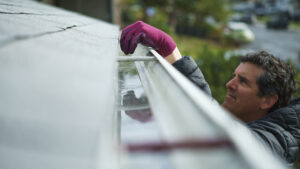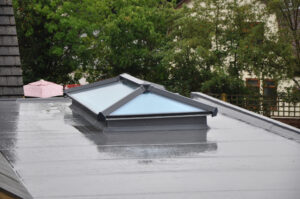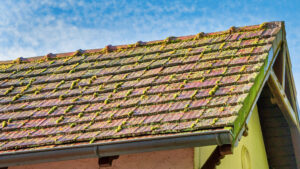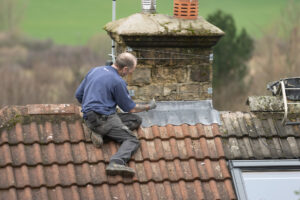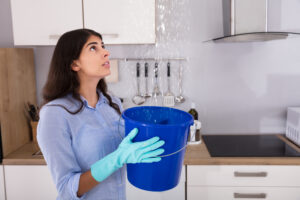The sky darkens, and the distant rumble of thunder grows nearer, signaling the onset of a hailstorm. This natural phenomenon brings the potential for significant damage to homes and properties. Among the most vulnerable victims of these meteorological tantrums are roofs – the guardians of our sanctuaries. Roofs, along with cars and trees, often bear the brunt of a hailstorm’s damage. From compromised shingles to structural integrity concerns, the effects of hail can ripple far beyond cosmetic imperfections.
In this comprehensive guide, we’ll walk you through the essential steps to address hail damage to your roof. From understanding the initial damage to initiating an insurance claim, and from seeking expert advice to choosing the best repair materials, we’ve got you covered. With the knowledge and strategies we provide, you’ll not only address immediate concerns but also strengthen your home’s defenses for the future, ensuring its long-term safety and value.
Understanding Hail Damage

Hailstones range from the size of tiny marbles to large golf balls and can cause significant damage when they hit your roof. Recognizing the signs of hail damage is the first step in safeguarding your investment.
Inspect for Bruised or Cracked Shingles
After a hailstorm, assess your roof for shingles with visible bruises, cracks, or fractures. Compromised shingles can expose your roof to leaks and further damage, and don’t forget to check the ridge caps for signs of wear too.
Check for Granule Loss
Run your fingers over shingles—excessive granule loss indicates hail impact. Granules shield shingles from UV rays and water; their loss can accelerate roof ageing. Look in your gutters for granules that have been washed away.
Examine Gutters and Downspouts
Inspect your gutters and downspouts for accumulated granules. Their presence hints at possible hail damage on the roof. This can help confirm whether the granules you found in your gutters came from your shingles.
Look for Dents on Metal Components
Dents or dimples on metal components like flashing, vents, and chimney caps indicate the power of a hailstorm’s impact. It’s worth noting that even satellite dishes and HVAC units on rooftops can be damaged.
Check Skylights, Windows, & Siding
Few exterior surfaces are completely safe from a hailstorm, so examine skylights, windows, and siding for signs of damage, as they often accompany roof-related issues. Cracked windows and dented siding are standard after severe hailstorms.
Managing Hail Damage
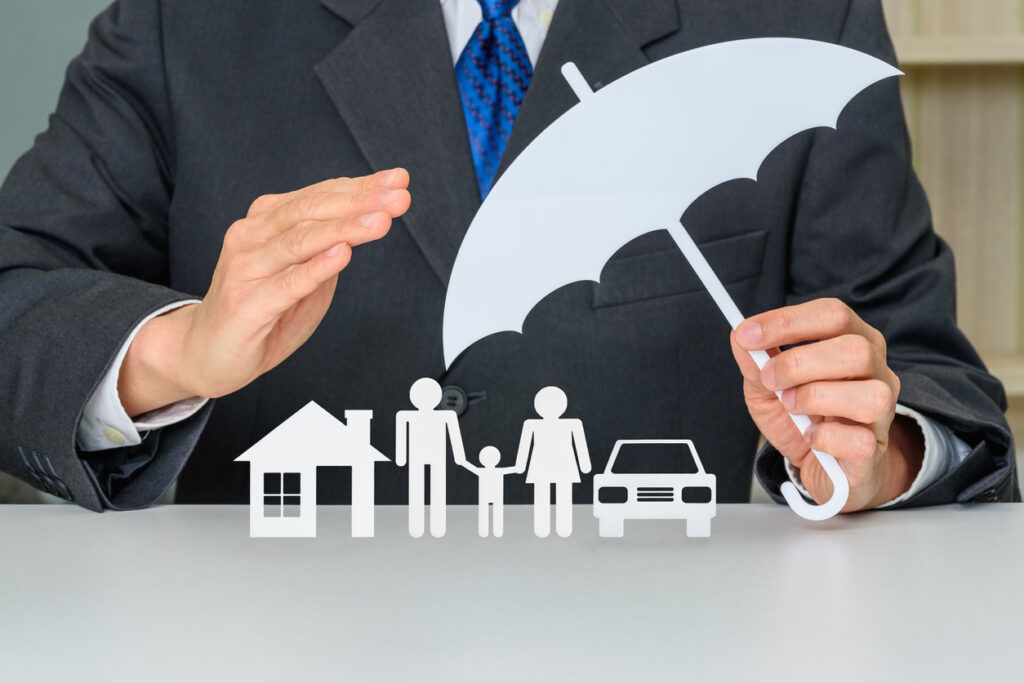
When your roof falls victim to hail damage, swift action is crucial to prevent escalation and maintain the integrity of your home.
Document the Damage
Take clear photographs of the damaged areas. These visuals serve as evidence for insurance claims and help contractors understand the extent of the damage. Document both close-up shots and broader angles.
Contact Your Insurance Company
Reach your insurance provider to report the hail damage. An adjuster will assess the damage and guide you through the claims process. Be prepared to provide your collected documentation.
Consult Professional Roofing Contractors
When assessing hail damage, seek out reliable roofing professionals with proven expertise. They can provide comprehensive inspections, accurate damage assessments, and repair recommendations. Unless you need an immediate fix or you already know who you’ll call, take the time to get multiple quotes.
Temporary Repairs
If immediate leaks threaten your home’s interior, undertake quick fixes like covering holes with tarps to mitigate further damage until permanent repairs can be executed. Temporary fixes can prevent secondary water damage.
Roof Repair vs. Replacement
Based on professional assessments, determine whether repairs are sufficient or necessary. Roofs with significant enough damage will need to be replaced, so be sure to understand the pros and cons of all your options.
Select Quality Materials
Consider roofing materials with a focus on impact resistance. Shingles that are impact-resistant not only offer better protection against hail but also outperform traditional shingles in terms of all-around durability.
Restoration and Beyond

When we tackle hail damage, we’re not only mending the roof but also preparing it for upcoming storms.
Choose Trusted Contractors
Select roofing professionals with a proven track record in hail damage restoration. Check references, read reviews, and verify licenses and insurance. Being proactive about roofing research will help you avoid rushing into an ill-advised contract.
Prioritize Quality Repairs
Repairs that meet or exceed industry standards save you from the headaches of recurring issues. Subpar fixes might be cheaper at the onset but in the long run they can bring added costs, while top-quality work keeps future problems at bay.
Consider Upgrades
Turn an inconvenience into an opportunity and switch to sturdier roofing materials. With enhanced defense against hail and the elements, your contractor will point you to the top picks.
Regular Inspections
Consider understanding roof maintenance more like car maintenance; frequent checks can spotlight initial concerns, halting their growth into larger repair challenges. It’s a proactive strategy that can end up saving you in the long run.
Enhance Insulation & Ventilation
In the aftermath of hail damage, consider improving your roof’s insulation and ventilation. Proper insulation can reduce energy costs and regulate indoor temperatures, while adequate ventilation prevents moisture buildup that can compromise your roof’s longevity.
Elevate Your Roofing Experience with WABO Roofing
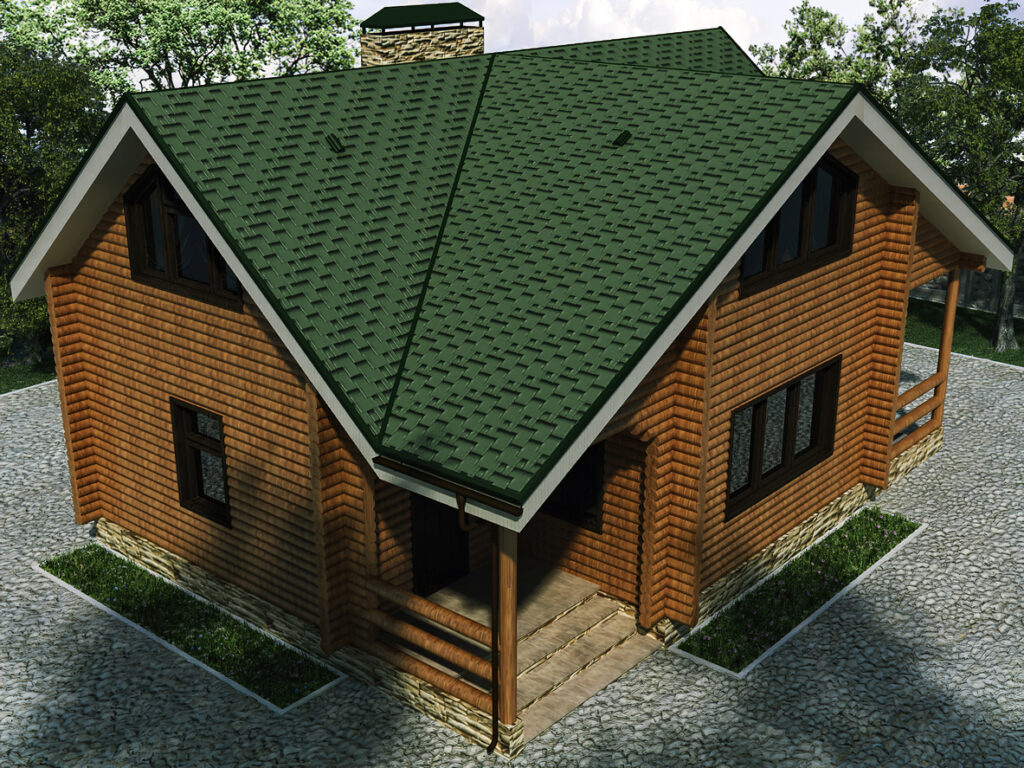
Trust in WABO Roofing’s expertise for your hail damage restoration. Our reputation for excellence is built on delivering quality at every step. From in-depth inspections to durable upgrades, we prioritize your home’s safety and longevity.

